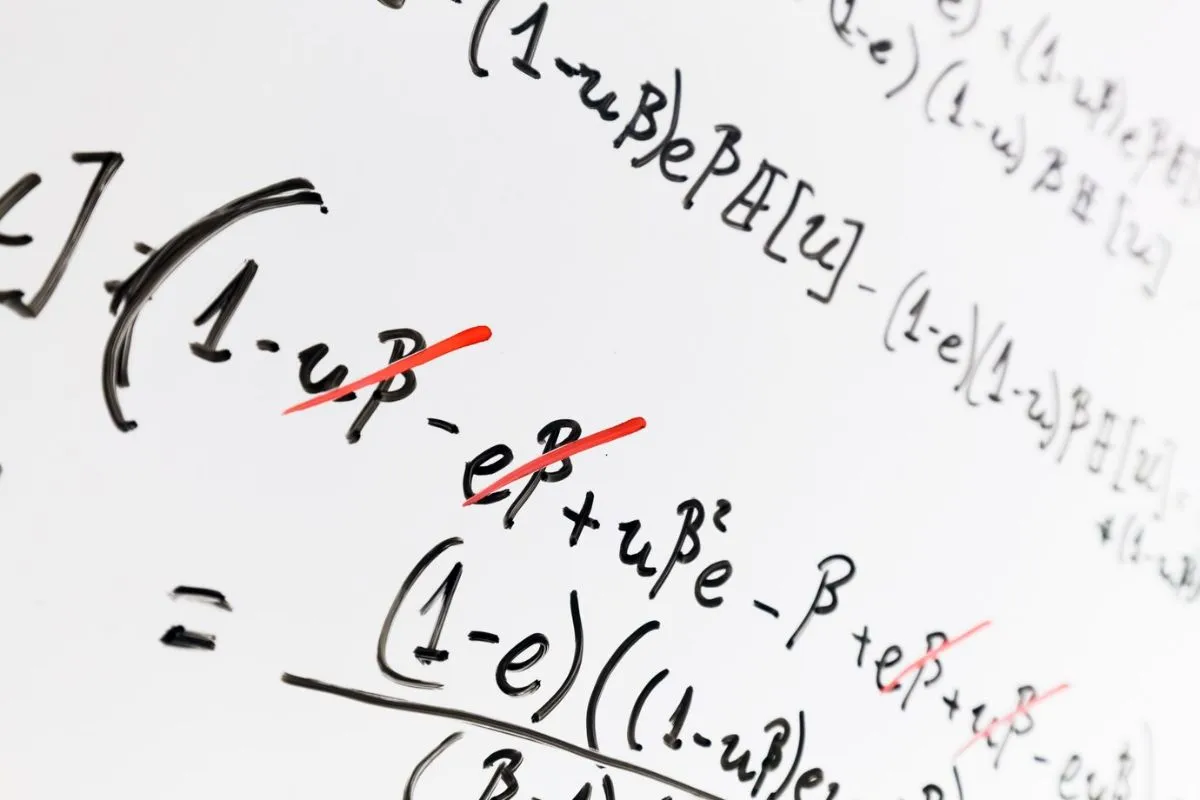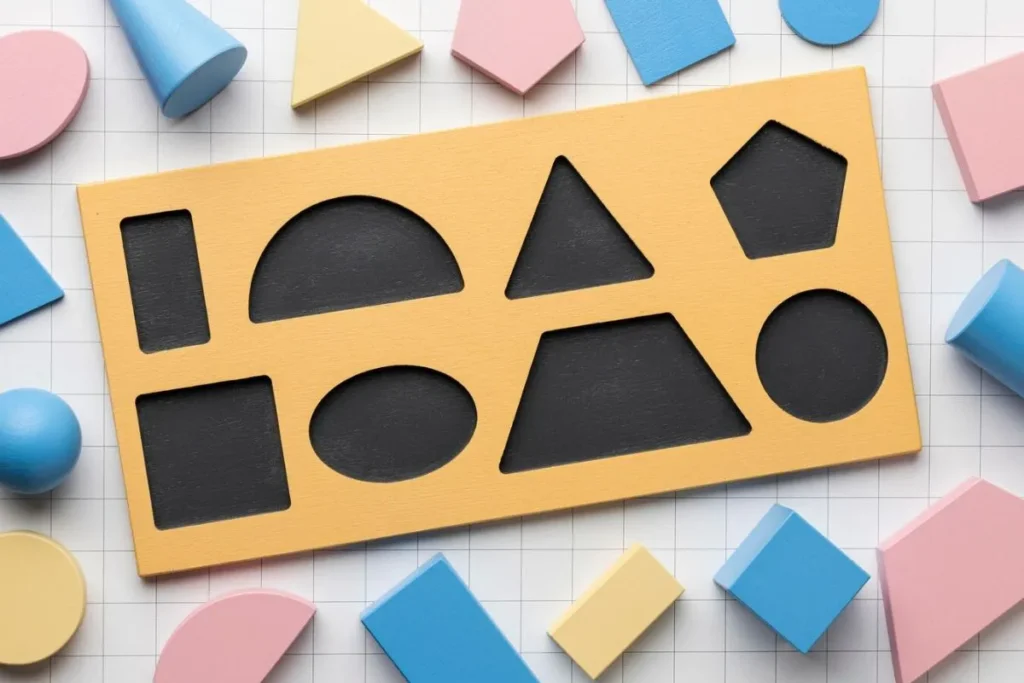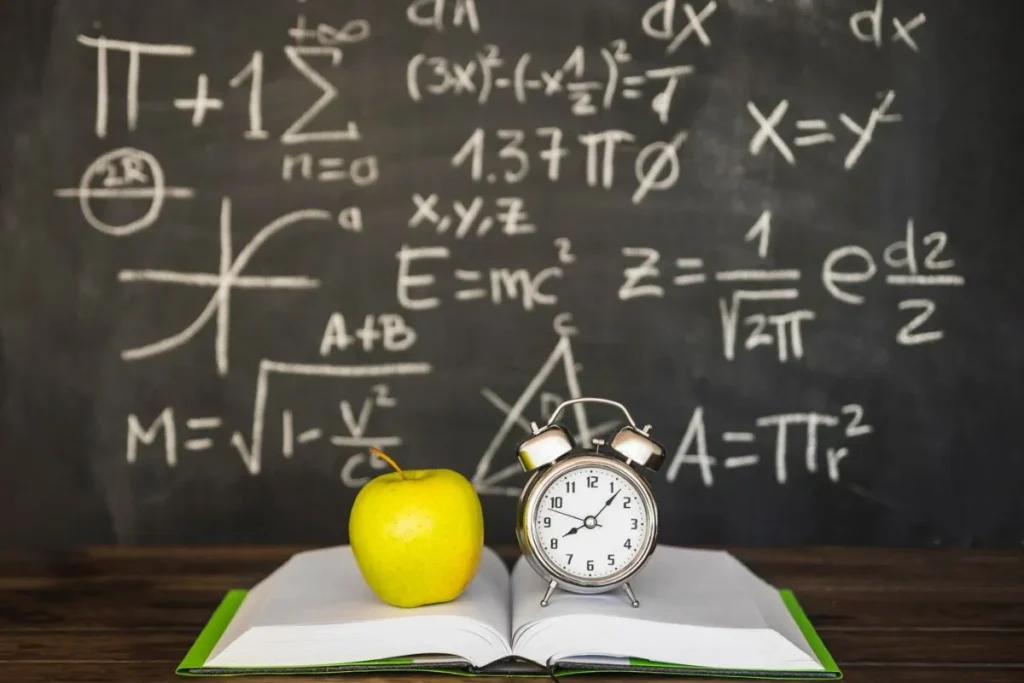Mathematical algorithms for interactive art installations have revolutionized the ways artists and technologists create, experience, and engage with digital art. The fusion of mathematics and creativity allows for dynamic, responsive art that adapts to user interaction.
With the advancement of technology, mathematical algorithms have provided new methods for developing interactive art installations. These installations use programming to create immersive experiences driven by data and mathematical precision.
In this article, we will explore innovative mathematical algorithms and the techniques and benefits they bring to interactive art installations. We will delve into their application, the role of technology, and the resulting enhancement of creativity and experience.
Understanding Mathematical Algorithms for Interactive Art Installations
The essence of mathematical algorithms for interactive art installations lies in their ability to calculate, pattern, and respond to user inputs. Algorithms can analyze data streams, process inputs in real-time, and adjust visual or auditory outputs dynamically.
This responsiveness is crucial for modern interactive installations, which often require real-time changes based on user movement, sound, or other environmental factors. Algorithms can create the illusion of a living, breathing piece of art that reacts to its audience.
Several types of algorithms can be utilized, including random algorithms, procedural algorithms, and machine learning algorithms. Each offers unique ways to enhance interactivity and engagement.
Types of Mathematical Algorithms for Interactive Art Installations
Random algorithms introduce elements of chance, ensuring each interaction with the art installation is unique. This randomness adds a layer of unpredictability, making each experience distinct.
Procedural Algorithms
Procedural algorithms generate complex patterns and structures from simple rules. This type of algorithm is often used in digital art to create intricate designs that evolve through user interaction.
Machine Learning Algorithms
Machine learning algorithms can adapt and learn from user interactions over time. These algorithms analyze patterns and improve the art piece’s responsiveness, making the experience increasingly personalized and sophisticated.
Benefits of Using Mathematical Algorithms
The use of mathematical algorithms for interactive art installations offers several significant benefits, including creativity, efficiency, and interactivity. These benefits enhance both the creation process and the user’s experience.
Here are some key advantages:
- Enhanced Creativity: Algorithms allow artists to explore new realms of creativity that would be impossible manually.
- Efficiency: Algorithms can process vast amounts of data quickly, enabling real-time responses in art installations.
- Personalization: Interactive art becomes a unique experience for each user, as algorithms adjust based on individual interactions.
Techniques for Developing Interactive Art Installations
The development of interactive art installations involves a combination of mathematical algorithms, programming, and creative vision. Successful projects require multidisciplinary collaboration between artists, programmers, and engineers.
Here are some techniques commonly used in the development process:
Data-Driven Methods
Utilizing data streams, such as live feeds from sensors or user inputs, developers can create responsive art pieces. Algorithms process this data to adjust the installation’s behavior instantaneously.
Procedural Generation
By employing procedural algorithms, artists can generate complex visuals and patterns from minimal input. This technique allows for scalable and flexible design, adapting to different audiences and environments.
Machine Learning Integration
Integrating machine learning enables the installation to evolve and improve its interactivity over time. Algorithms can learn from previous interactions, optimizing the experience for future users.
Interactive Programming Languages and Tools
Developers often use specialized programming languages and tools like Processing, OpenFrameworks, or Max/MSP to craft interactive installations. These tools facilitate the seamless integration of algorithms and artistic vision.
The Role of Technology in Interactive Art Installations
Technology plays a pivotal role in bringing mathematical algorithms for interactive art installations to life. Hardware such as sensors, projectors, and interactive displays work in tandem with software to create immersive environments.
Cutting-edge advancements in AI, VR, and AR further elevate the possibilities. These technologies enhance how users interact with and perceive digital art, making it more immersive and engaging.
The collaboration between hardware and software ensures real-time feedback and seamless user experiences.
Combining Hardware and Software
Sensors detect user presence and movements, while projectors and displays render the algorithmic output. This synergy creates a unified and immersive interactive experience.
Virtual and Augmented Reality
VR and AR technologies bring new dimensions to interactive art. Mathematical algorithms create complex and dynamic AR layers, enriching the physical world with digital elements.
Artificial Intelligence
AI algorithms enable installations to interact more intelligently and autonomously. AI can analyze user behavior, predict interactions, and personalize the experience dynamically.
Case Studies: Successful Interactive Art Installations
Several groundbreaking installations exemplify the effective use of mathematical algorithms for interactive art installations. These projects highlight the transformative impact of algorithms on digital art.
Rain Room by Random International
The Rain Room uses sensors and real-time data processing to create an immersive experience where visitors walk through rain without getting wet. Algorithms control the water flow, stopping it precisely where a person is detected.
Hylozoic Ground by Philip Beesley
This installation combines AI and sensors to simulate a living, breathing environment. Algorithms control light, sound, and movement, responding to the presence and actions of visitors.
Meandering River by Daniel Rozin
An interactive installation where visitors’ movements influence a digital river. Algorithms process real-time inputs to adjust the flow and appearance of the water, creating a dynamic and engaging experience.
Future Trends in Interactive Art Installations
The future of mathematical algorithms for interactive art installations is promising. Emerging technologies and evolving algorithms will continue to expand the boundaries of what’s possible.
Several trends are shaping the future of interactive art:
- Increased Use of AI: AI will enhance personalization and adaptability in interactive art.
- Integration of VR and AR: These technologies will create deeper and more immersive experiences.
- Enhanced Connectivity: IoT devices will enable more complex interactions and data integrations.
Artists and technologists will continue to collaborate, pushing the limits of creativity and innovation in digital art.
The Impact of Mathematical Algorithms on Creativity
Mathematical algorithms for interactive art installations have significantly impacted creativity in digital art. Artists can explore new forms and concepts that would be challenging or impossible without algorithms.
Algorithms allow for the creation of dynamic and evolving art pieces that are not static but alive with interaction. This shift has opened new avenues for artistic expression and audience engagement.
The collaboration between mathematical precision and artistic creativity leads to novel and compelling art forms.
Conclusion: Unlocking New Artistic Horizons
In conclusion, mathematical algorithms for interactive art installations are transformative. They offer innovative techniques and substantial benefits, enhancing creativity and interactivity in digital art.
As technology continues to evolve, the potential for even more groundbreaking installations grows. Future trends indicate a promising landscape for artists and technologists.
This symbiosis of mathematics and art leads to richer, more immersive experiences, redefining how we create and interact with art.
To stay updated on the latest in interactive art and algorithmic creativity, follow our blog and subscribe to our newsletter for future insights and updates.
Frequently Asked Questions
What are mathematical algorithms for interactive art installations?
They are algorithms used to create responsive and dynamic digital art that interacts with users based on real-time inputs and data.
How do mathematical algorithms enhance interactive art installations?
Algorithms process user inputs and environmental data to adjust the art piece’s behavior, making it more engaging and personalized.
What types of algorithms are used in interactive art installations?
Common algorithms include random, procedural, and machine learning algorithms, each offering unique interactivity and creative possibilities.
What technologies are involved in interactive art installations?
Sensors, projectors, interactive displays, AI, VR, and AR technologies are often used to create immersive experiences.
How can I learn more about creating interactive art installations?
Exploring programming languages like Processing or tools like Max/MSP, and collaborating with technologists and artists can help you learn more about this field.




